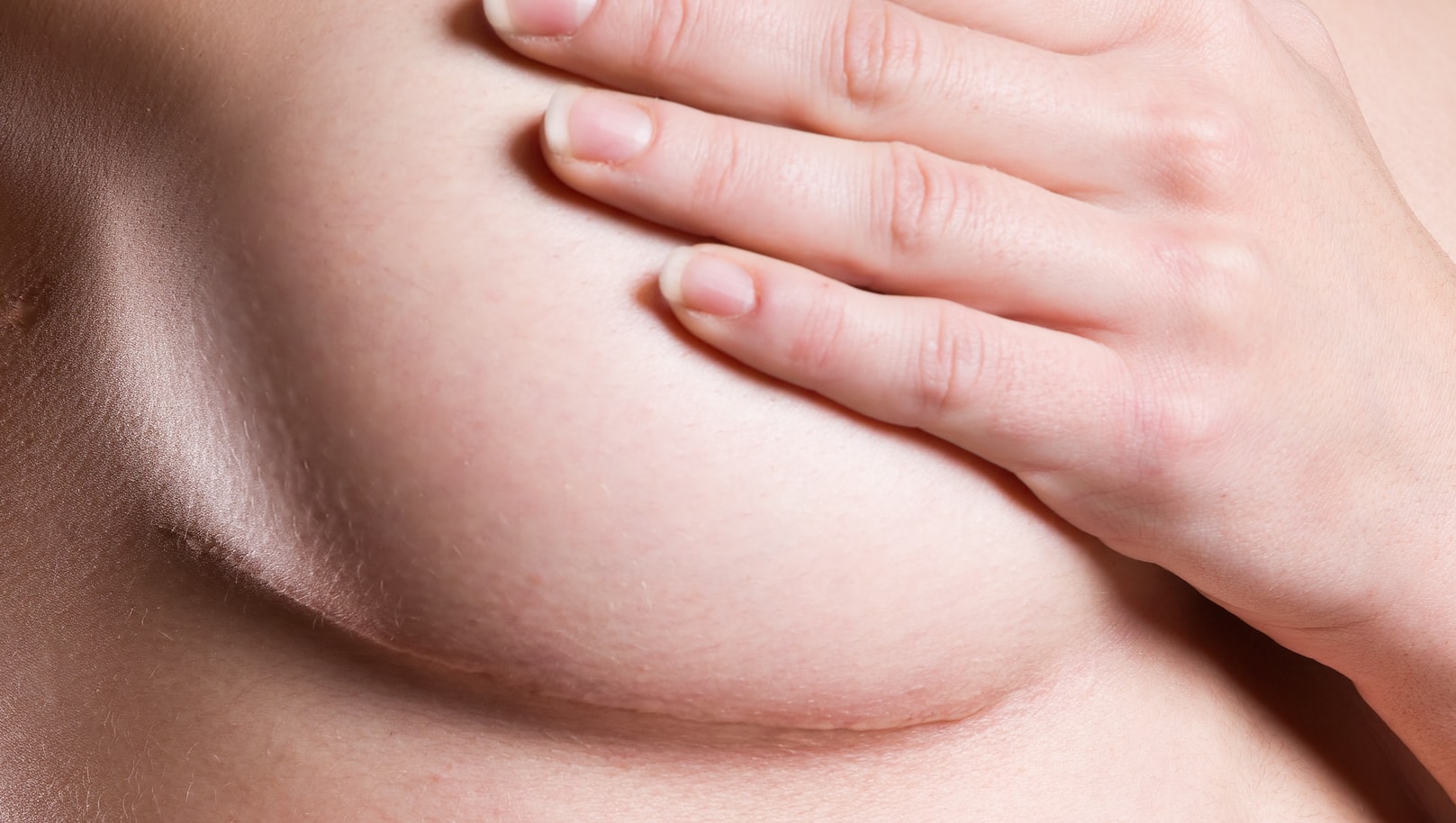
Free flap breast reconstruction is a procedure that takes tissue from one area of the body and moves it to create a new breast mound for the patient. The surgeon uses a microscope to put together the blood vessels, artery, and veins with the tissue that is being moved. Due to the reattachment of the transferred blood vessels, free flap breast reconstruction normally takes longer to perform than any other flap surgeries.
The most common use for free flap is reconstruction as opposed to cosmetic purposes. There are a few limiting factors when it comes to candidates for the procedure:
A free flap separates the tissue completely by taking it from one area and putting it in a different area. A pedicle flap connects tissue with blood supply so there is no need to do a separate connection, since the blood supply remains intact.
When a surgeon chooses to do a flap procedure, the flap has to be individualized to the patient.
In women, if the procedure addresses the breast specifically, there is something called a DIEP flap which is a perpetrator flap and is also a free flap.
There is also a free TRAM or free muscle sparing flap. The advantage of the free flap is if a smaller piece of muscle is taken or even no muscle from the abdomen and no fascia from somebody who is very active, it does not take any of the muscles from their belly so they have their full integrity. A pedicle flap is just as good of an operation but it takes a little bit more muscle and fascia than the free flap.
The decision is geared towards the patient and it all depends on if the surgeon is doing one side or both sides. If the procedure involves two sides, it is better to do a free flap because the surgeon does not want to take both muscles from the abdomen, so the muscle is spared.
The results can be the same with either technique. It is just a matter of choosing the right technique for the patient. No one can tell the difference between a free flap and a pedicle when looking at the results from the outside.
One big risk in doing an anastomosis and using the microscope for connecting the blood vessels into the chest is that those blood vessels can clot off and die after the surgery. The chances are very low at around 1-2%, but it can happen.
Just like any other surgery, there is also a chance of infection and bleeding. The surgeon has to take a small piece of rib out when doing a free flap in order to get to the blood vessels being sutured to the chest. There will be a small amount of pain involved in removing 2-3 centimeters of the rib.
All reconstruction, whether it is free flap or a pedicle flap, is a procedure done in stages. The first stage involves trying to make both sides as similar as possible. The second stage involves some tweaking to make the two sides symmetrical with liposuction or fat grafting. Usually, some of the flap needs to be elevated, so those types of revisions are done when the nipple is being reconstructed at the second stage so it can be done at the same time.
Free flap patients usually spend 2 or 3 days after the surgery in the hospital. The hospital staff checks the flap every hour and makes sure the artery and the veins are working and intact. The patients are usually put on aspirin after the surgery to work as a blood thinner.
Pedicle flap patients can have regular DVT prophylaxis so they will not get a blood clot and they can usually go home the day after surgery. All of the patients go home with drains so they will have to make a follow-up appointment with the doctor to get them removed about a week after the procedure.
Patients will walk around hunched over for the first few days because their belly is tight. It is kind of like getting a tummy tuck because it removes all that tissue and tightens up the muscles. They should sleep in a recliner for 4 or 5 days so they are not completely forcing their abdomen to straighten out. It can be a little uncomfortable with their muscles so tight.
During the first 6 weeks after surgery, patients should not lift more than 5 lbs. After that, they can slowly increase their activity level. Patients should walk at least 3 times a day to help with their breathing, the circulation in their legs, and their bowel movements.
There will be some immediate results but there will also be some swelling, bruising, and drainage. It takes 2 or 3 months for everything to settle and to see the final results.
Any scarring depends on the way the mastectomy is performed. The breast scars can be:
It all depends on the breast and how the mastectomy was designed to determine what the breast looks like after the surgery. The belly scar is a standard tummy tuck scar.
There is no cookie cutter approach to free flap or pedicle flap. It has to be individualized to the patient. Even with the free flap procedure, there are so many different types of free flap that it needs to be individualized. Patients should consult with a reconstructive surgeon to determine the best option for their medical situation.
Written by Cosmetic Town Editorial Team - MA
Based on an exclusive interview with Nima Patel, MD in New York, NY